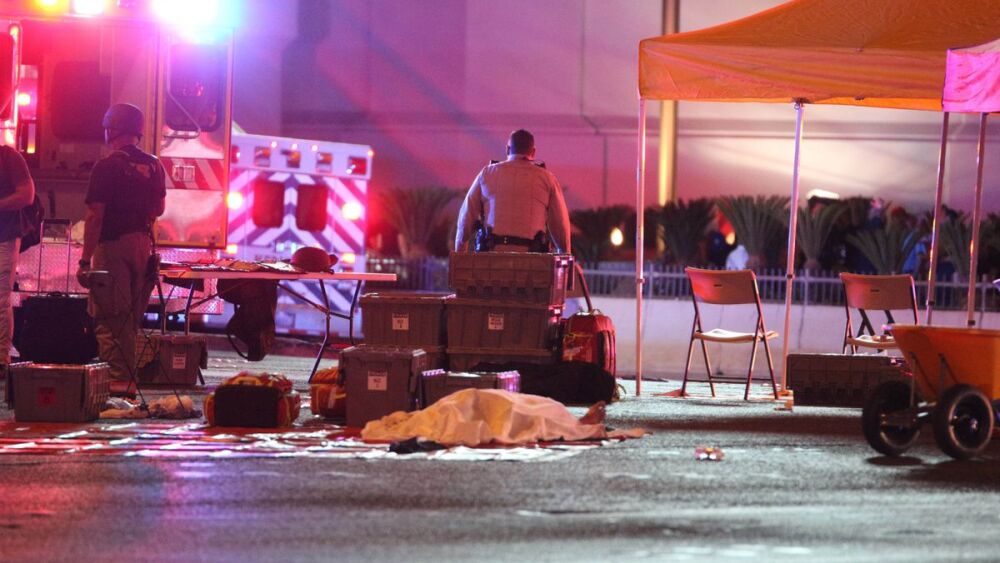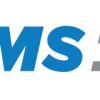Last year after the horrific Las Vegas shooting, most Americans realized it was the worst mass shooting incident in its history with more than 50 dead, and over 500 hundred injured.
While it took time for all of the details to become apparent, right away first responders needed to focus on what happened after the shooting began, and they still do. Media video showed emergency medical responders responding to the scene, setting up triage and treatment centers and providing care to the victims. Hospitals received the wounded. Dozens of off-duty medical personnel, many who were in the area as tourists, helped the on-duty crews with care and management.
EMS1 reminded first responders to remember the following key points:
- Prepare for the worst. To be able to respond to such horrific events effectively requires planning and training on a regular basis. Interagency coordination doesn’t happen by circumstance.
- Review ICS principles and triage, treatment and transport plans. It’s essential that all personnel be ready to manage mass casualty events no matter where or when they happen. EMS providers can practice these seldom-used skills on a daily basis by triaging patients and using ICS principles during small casualty incidents, such as motor vehicle crashes.
- Ensure mass casualty equipment is stocked adequately and appropriately. Basic supplies, such as tourniquets and bandages, will be needed to control bleeding in scores of patients. That equipment has to be immediately available to the providers who will arrive first on the scene.
- Keep calm and stay safe. Mass events can be prolonged, exposing first responders to the same dangers as the citizens they are sworn to protect. In an incident where warm and cold zones are hard to determine, we will need to provide shelter and protection for both ourselves and the bystanders. Maintain situational awareness for the potential of secondary events. Afterwards, console each other and provide support to those providers who are deeply affected by the incident.
About the Author
Art Hsieh, MA, NRP teaches in Northern California at the Public Safety Training Center, Santa Rosa Junior College in the Emergency Care Program. An EMS provider since 1982, Art has served as a line medic, supervisor and chief officer in the private, third service and fire-based EMS. He has directed both primary and EMS continuing education programs. Art is a textbook writer, author of “EMT Exam for Dummies,” has presented at conferences nationwide and continues to provide direct patient care regularly. Art is a member of the EMS1 Editorial Advisory Board.













